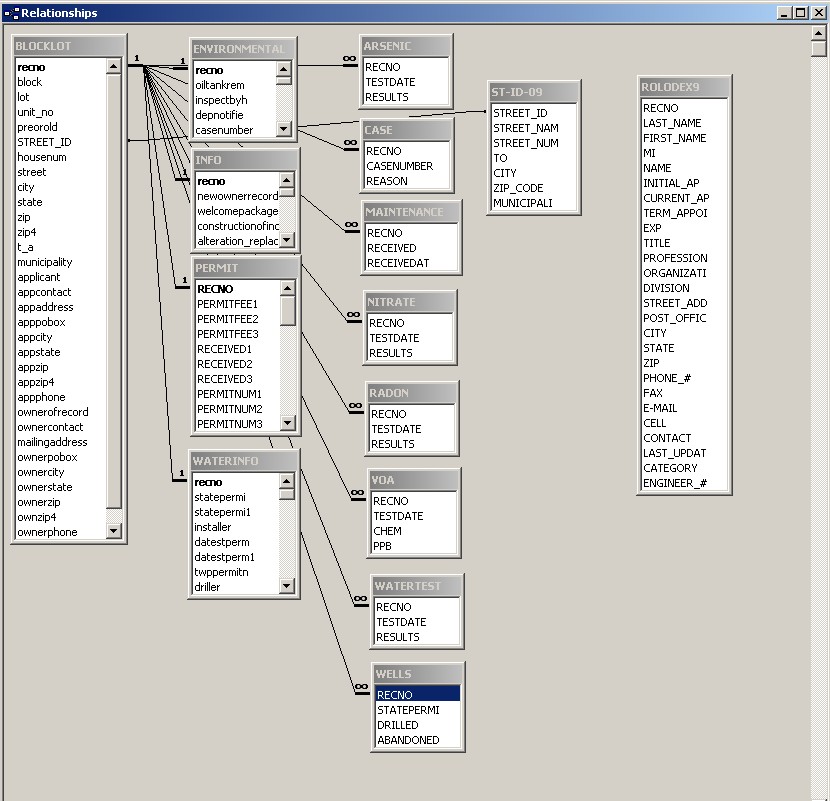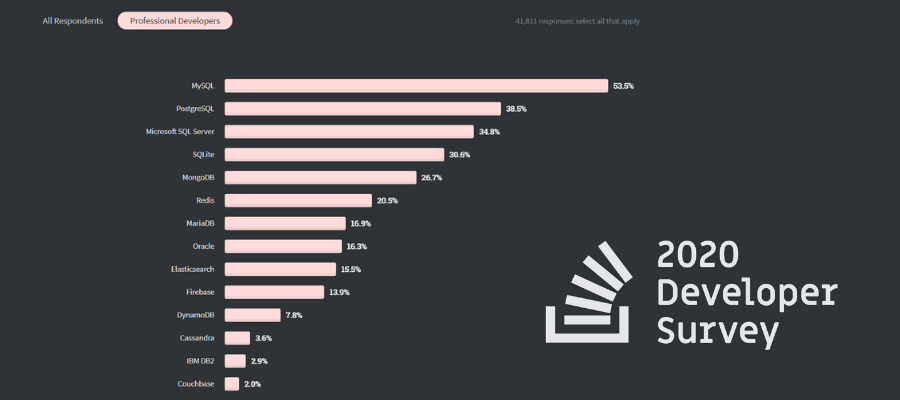


MySQLįirst released in 1995, MySQL is a free and open-source software, and one of the most popular databases in the world. Pros: SQL Server boasts a rich user interface and can handle large quantities of data.Ĭons: It can be expensive – with the Enterprise level costing thousands of dollars.

They offer multiple editions with varying features to target different users. SQL Server is a relational database management system developed Microsoft. Popular Relational/SQL Databases SQL Server This is in part due to the lack of training required for workers as many data scientists learn SQL early on. SQL is used to execute queries, retrieve data, and edit data by updating, deleting, or creating new records.Įarly adoption and widespread use keep SQL databases a popular data management system. SQL stands for Structured Query Language and it’s the language relational databases are written in. Relational databases are also called SQL databases. Relational databases make answering questions like these relatively easy.

Or you may wish to see which breeds eat dry food. For example, I might want to view or report on all dogs over 100 pounds. A relational database user can then obtain a view of the database to fit their needs. Here we see three tables all providing unique information on a specific dog. For relational databases, the schema must be clearly defined. The relationship between tables and field types is called a schema. The relationship between each data point is clear and searching through those relationships is relatively easy. Why? Because it fits nicely into rows and columns.Ī relational database is one that stores data in tables. Let’s go back to your “data dog.” Maybe it prefers the Excel sheet. Let’s go over the difference between these two types of databases – as well as list some key questions every business should answer before choosing a database. It may be a little silly – but it’s a good way to understand exactly what kind of data works for the two main types of databases – relational and non-relational. In front of it, you place an Excel sheet and a Word doc. Dynamics 365 Finance and Supply Chain Management.


 0 kommentar(er)
0 kommentar(er)
